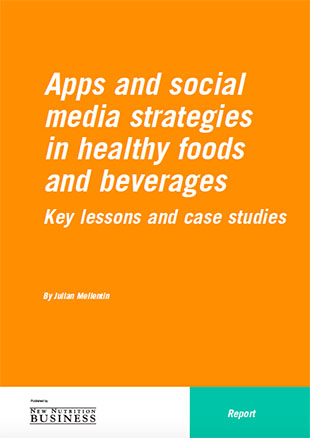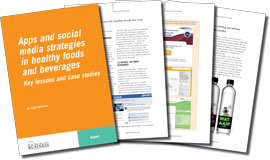Price (PDF or PPT):
US$530 £320 €400 NZ$630 AU$570 ¥550000
20% Discount if PDF and PPT purchased together

Social media and apps are the fastest-moving, biggest bandwagon in global marketing and branding – and food and beverage marketers know they’ve got to get to grips with this new technology. But there are still more questions than answers about how best to use social media – and how to avoid the pitfalls. This concise 47-page report outlines seven practical ways to make social media work for you, based on real life examples. It provides practical insights and examples for any company, large or small, wanting to understand and better-manage the risks and opportunities that social media and apps offer – and shows in five case studies how companies are using these new technologies.
About this report
They’re the fastest-moving, biggest bandwagon in global marketing and branding – but are social media more than just the “shiny new object in the room”, as a senior executive put it? With their low-cost compared with traditional advertising, and their promise of two-way conversations with consumers, social media are being hailed as potential gamechangers, and already PepsiCo’s Americas Beverages division is employing only brand managers with digital skills: “We tell the headhunters not to bring us any traditional CPG people,” said CEO Massimo d’Amore.
Facebook pages have overtaken many brands’ own web pages as their primary online interface with consumers, shifting influence over, and sometimes control of, the communications stream to Facebook from the marketers themselves.
Food and beverage marketers know they’ve got to get to grips with this new technology, but they still have more questions than answers about how best to use social media – and how to avoid the pitfalls (and there are pitfalls, as Nestlé found out when environmental activists used social media against the company).


